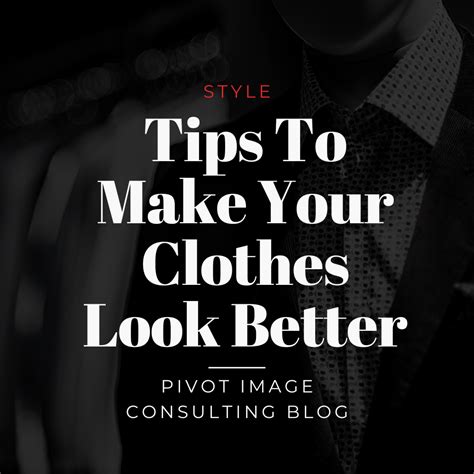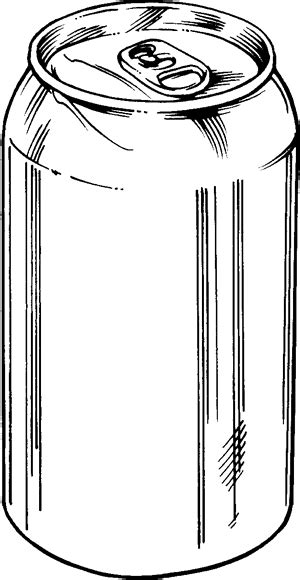Finding clothes that fit well can feel like an Olympic sport for many men. It’s a common struggle: shirts that gape, trousers that bag, and jackets that make you look like you borrowed them from your older brother. But dressing to enhance your physique isn’t about having a perfect body; it’s about understanding your unique shape and knowing how to choose garments that flatter it. A good fit can transform your appearance, elevate your confidence, and make even the simplest outfit look polished.
Why Fit Matters More Than You Think
The difference between an outfit that looks ‘okay’ and one that looks ‘amazing’ often comes down to fit. Clothes that are too baggy can add visual weight and make you appear unkempt, while those that are too tight can restrict movement and highlight areas you might prefer to de-emphasize. When your clothes fit correctly, they streamline your silhouette, create flattering lines, and communicate a sense of intentionality and self-respect.
Think of it this way: even the most expensive designer garment will fall flat if it doesn’t fit your body properly. Conversely, a well-tailored, affordable piece can look incredibly sophisticated. Investing in proper fit is arguably the most impactful style decision you can make, instantly upgrading your entire wardrobe.
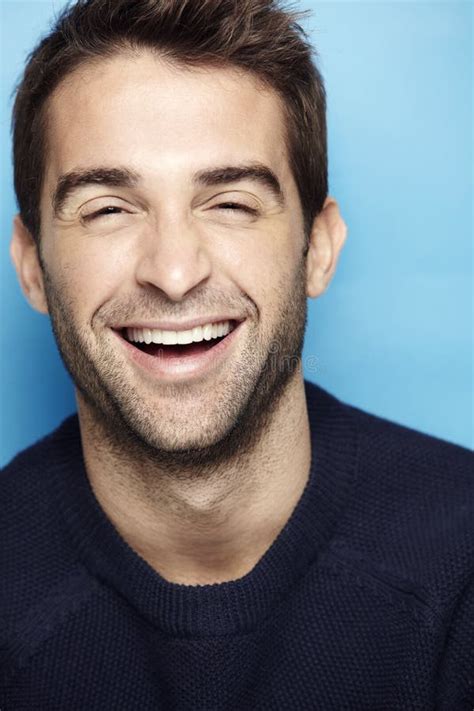
Decoding Your Body Type
The first step to dressing well is understanding your body’s natural proportions and shape. Men’s body types are generally categorized to help identify common characteristics, though everyone is unique. Some common archetypes include:
- The Inverted Triangle: Broad shoulders, narrow waist and hips (V-shape).
- The Rectangle: Shoulders, waist, and hips are roughly the same width.
- The Oval: Wider around the midsection with narrower shoulders and hips.
- The Triangle: Narrower shoulders, wider waist and hips.
- The Trapezoid: Broad shoulders and chest that gently taper to a narrower waist, the most balanced and ideal shape.
Take an honest look in the mirror or measure yourself to get a sense of where you fit. Knowing your body type isn’t about limitations, but about understanding how to use clothing to create visual balance and highlight your best features.
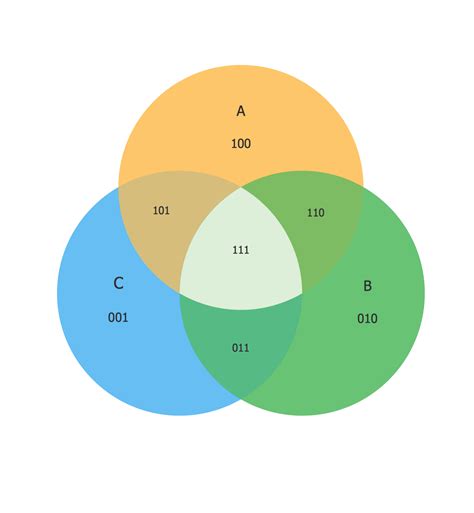
The Core Principles of a Perfect Fit
Regardless of your body type, certain fit principles apply across the board:
- Shoulders: This is paramount for shirts, jackets, and blazers. The shoulder seam should sit precisely where your shoulder ends. If it’s too wide, it looks sloppy; too narrow, it pulls.
- Chest & Torso: For shirts and jackets, there should be enough room to move comfortably without any pulling or creasing across the chest or back. You should be able to button a shirt or jacket without straining, but it shouldn’t billow out either.
- Sleeves: Shirt sleeves should end at your wrist bone, allowing about a quarter to half-inch of your shirt cuff to show under a jacket sleeve. Jacket sleeves should end at the top of your wrist.
- Trousers: The waistband should sit comfortably at your natural waist without needing a belt to stay up. The seat should fit smoothly without being too baggy or tight. The length (or ‘break’) is crucial: for a modern look, opt for little to no break, where the hem just skims the top of your shoe.
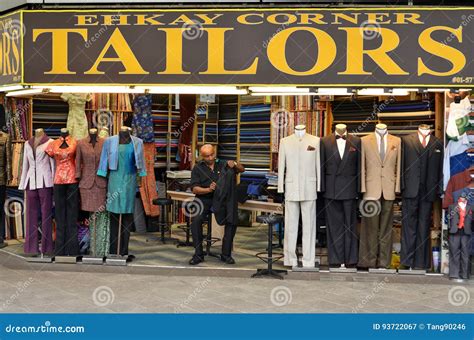
Tailoring Your Wardrobe for Your Shape
Once you understand the principles, apply them to specific garments:
- Shirts: Look for shirts with shoulder seams that align. For the torso, consider slim-fit or tailored-fit options if you have an athletic build, but always ensure there’s no pulling. If a standard size doesn’t work, consider getting darts added to the back by a tailor to take in excess fabric.
- Trousers & Jeans: Pay close attention to the rise (how high they sit on your waist) and the leg opening. Straight-leg or slim-tapered styles generally flatter most body types. If you have larger thighs, avoid overly skinny fits. Always get trousers hemmed to the correct length.
- Blazers & Jackets: The shoulder fit is non-negotiable. Ensure the jacket buttons comfortably without strain and the lapels lie flat. The length should cover your seat but not extend too far past it. A good tailor can adjust sleeve length, take in the sides, and even adjust the collar.

Beyond the Basics: Fabric, Drapes, and Proportions
While fit is king, fabric choice also plays a role in how clothes enhance your physique. Structured fabrics (like heavier wools or crisp cottons) can hold their shape and add definition, which is great for building out a frame. Drapier fabrics (like linen or lighter wool blends) can flow more freely, which might be preferred for those looking for a relaxed silhouette or to minimize bulk.
Consider proportions: if you have a longer torso, a slightly higher rise trouser can balance it out. If you’re shorter, avoiding overly long jackets and opting for a streamlined, monochromatic look can create the illusion of height. Play with vertical stripes or subtle patterns to guide the eye.

Conclusion
Choosing clothes that enhance your physique is a journey of understanding, experimentation, and often, a good relationship with a tailor. Don’t be discouraged if you don’t find the perfect fit off the rack every time. Focus on getting the shoulders and length right, as these are harder to alter, and let a professional tailor handle the rest. By prioritizing fit, you’ll not only look better but also feel more confident and comfortable in your own skin, ready to tackle whatever comes your way.
